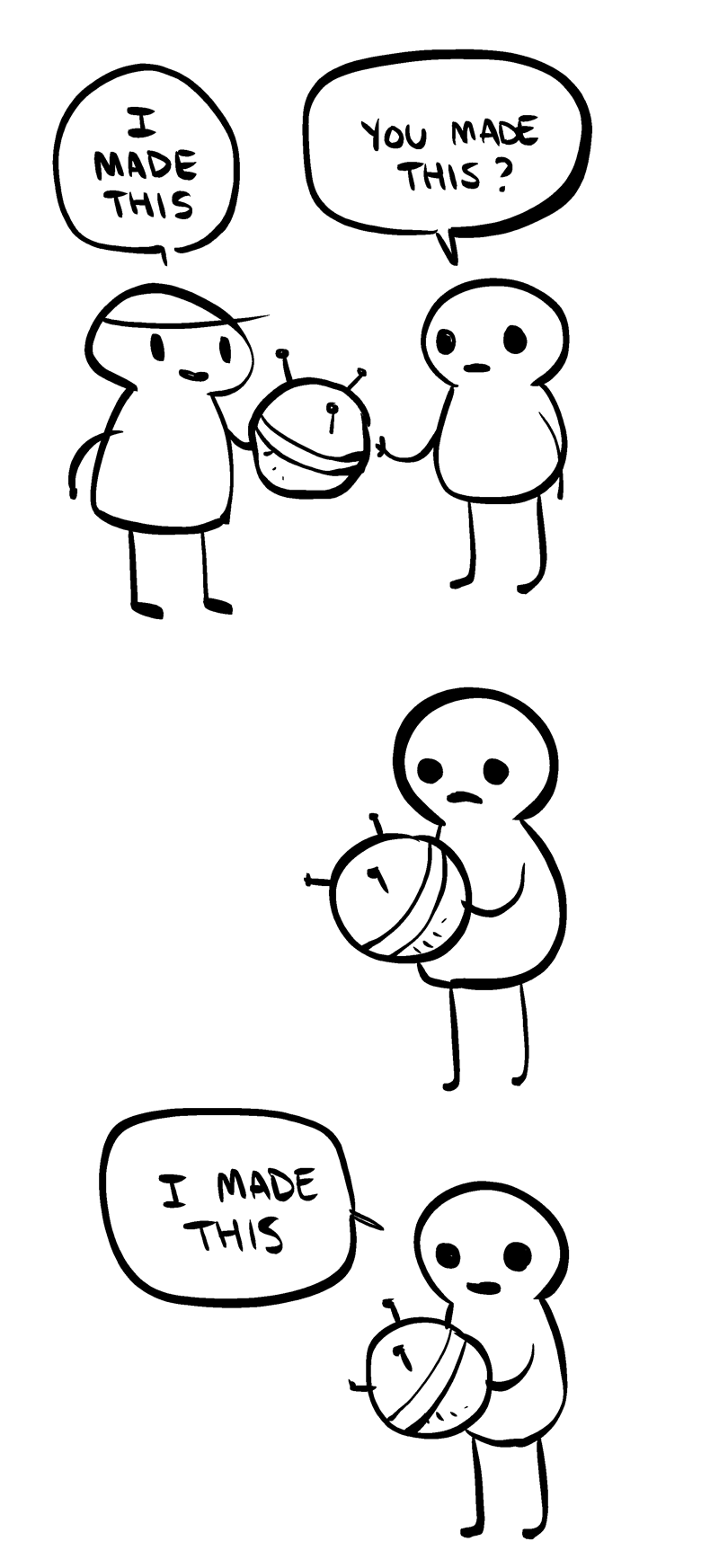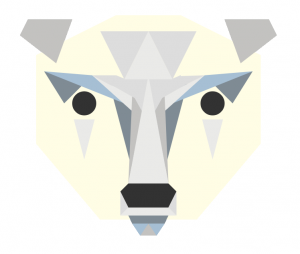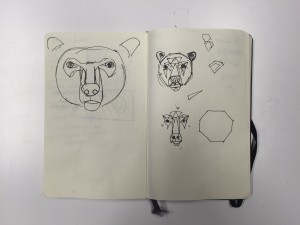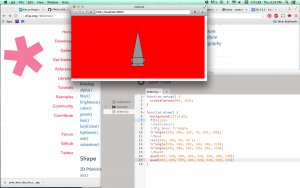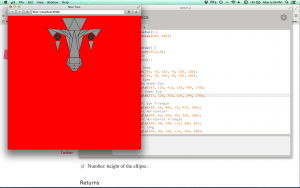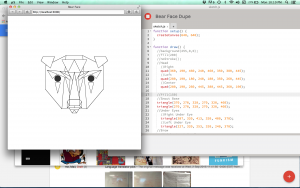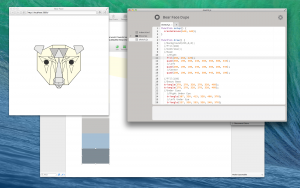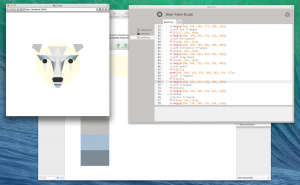Why interactivity?
Interactivity is high quality dynamic communication. Crawford describes this as a listening, thinking, speaking cycle with at least two actors and I like his definition. I especially like how this clearly sets interactions apart from reactions and participation, without diminishing reactions or participation. Each experience has its own value, but interactivity allows you to project yourself on the world which makes it the most satisfying.
Why physical interactivity?
Most of our interactions are physical interactions. We exist in the world as full corporeal beings and are cheating ourselves if we only use part of what we are. Physical interaction allows for the communication of more meaning, using more senses. There is a lot more out there than colored blobs on a screen even if we add words, pictures, and video into the mix. We don’t need to communicate the way computers do, they need to work more like people. This has been the trend from the very beginning, away from command line interactions closer and closer to how human bodies work.
What makes for good physical interaction?
A good physical interaction engages the senses. It provokes an emotional response. Ideally for a tool interaction it should produce delight and satisfaction, for art there are a lot more options. You shouldn’t have to know how to do anything to have the interaction, as the designer should be using humans, or other animal, as the starting point and building on our existing forms and mental predilections. It should lead the participant to the point of discovery with little to no trouble.
Are there works from others that you would say are good examples of digital technology that are not interactive?
The work of artist, and ITP alum, Leo Villareal comes to mind. His work is, as far as I know, not interactive work. However, they are still captivating installations. This work allows for wonderful reflection. Instead of interacting the viewer is given the opportunity for introspection, which can also be a high quality emotional experience.
I was particularly struck by his installation in the National Gallery Concourse:
Leo Villareal- Multiverse Go Pro from Gustavo Bernal on Vimeo.
